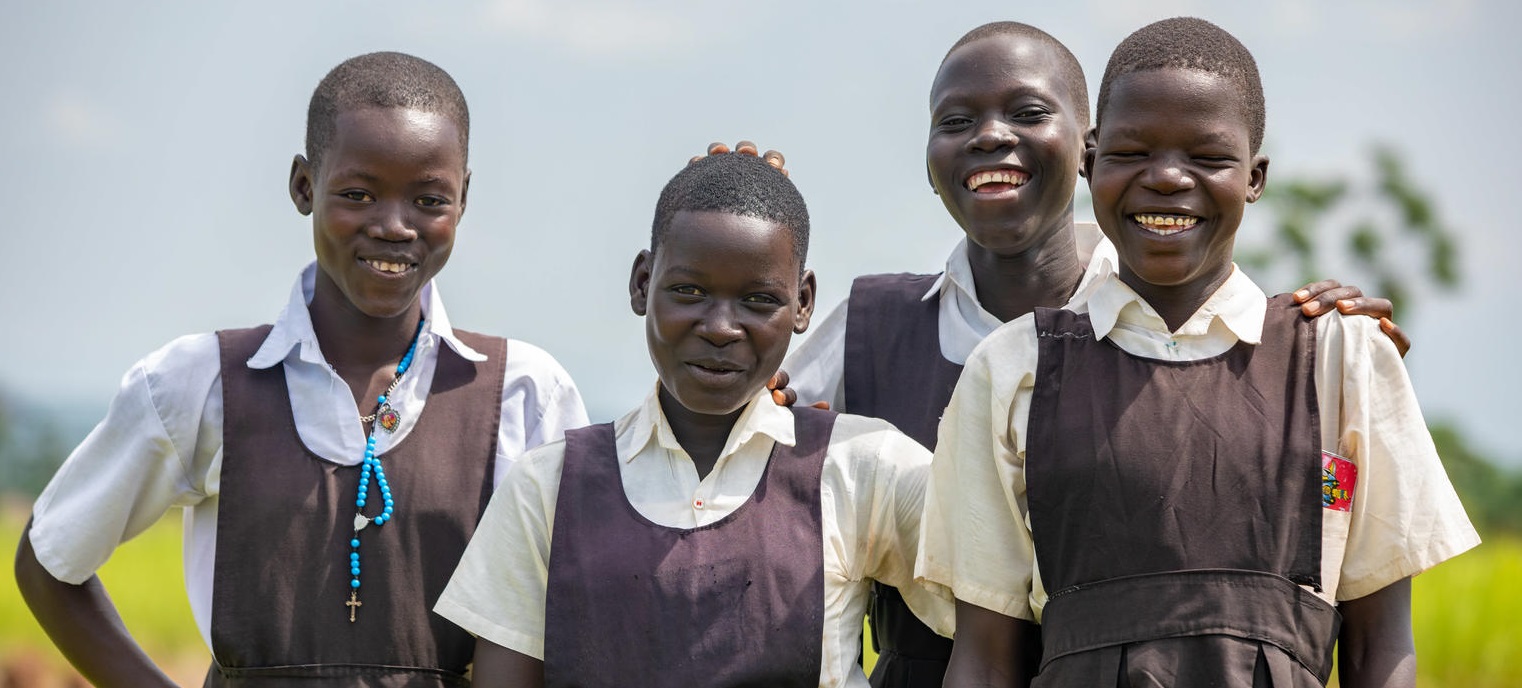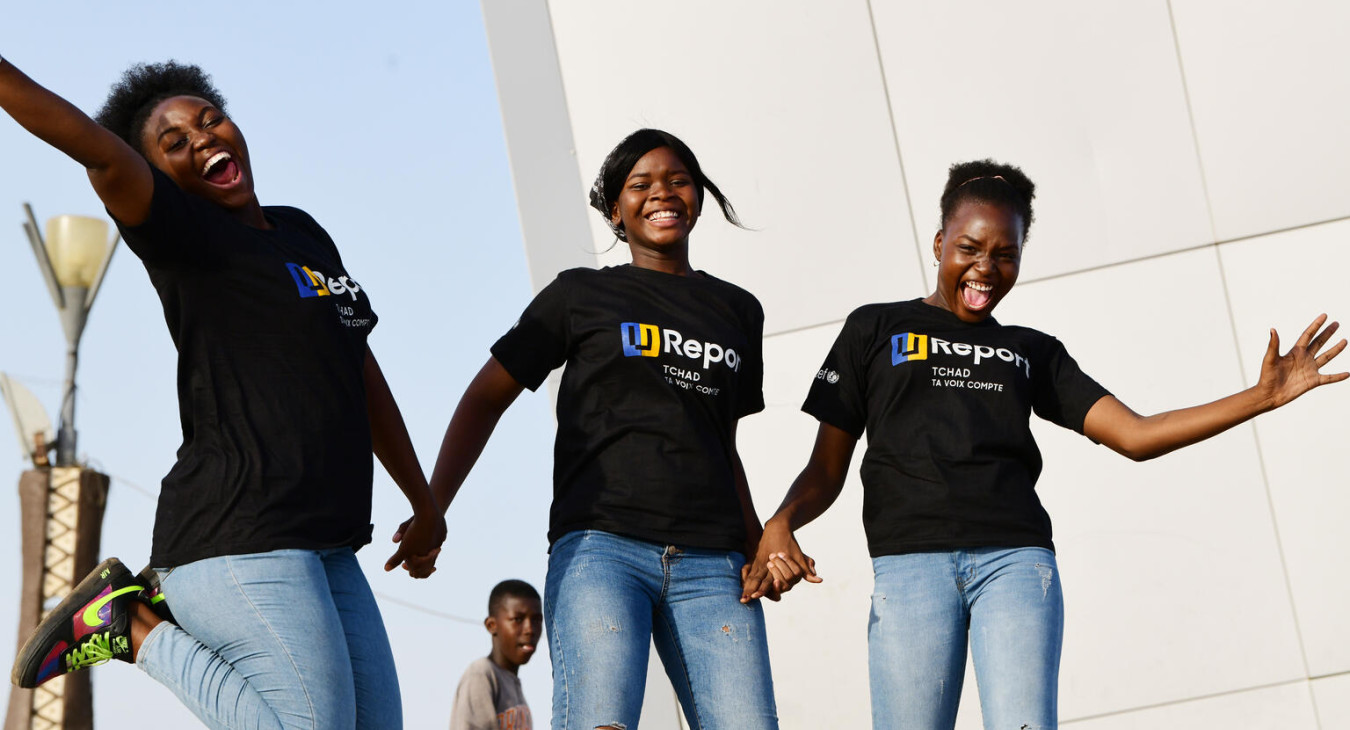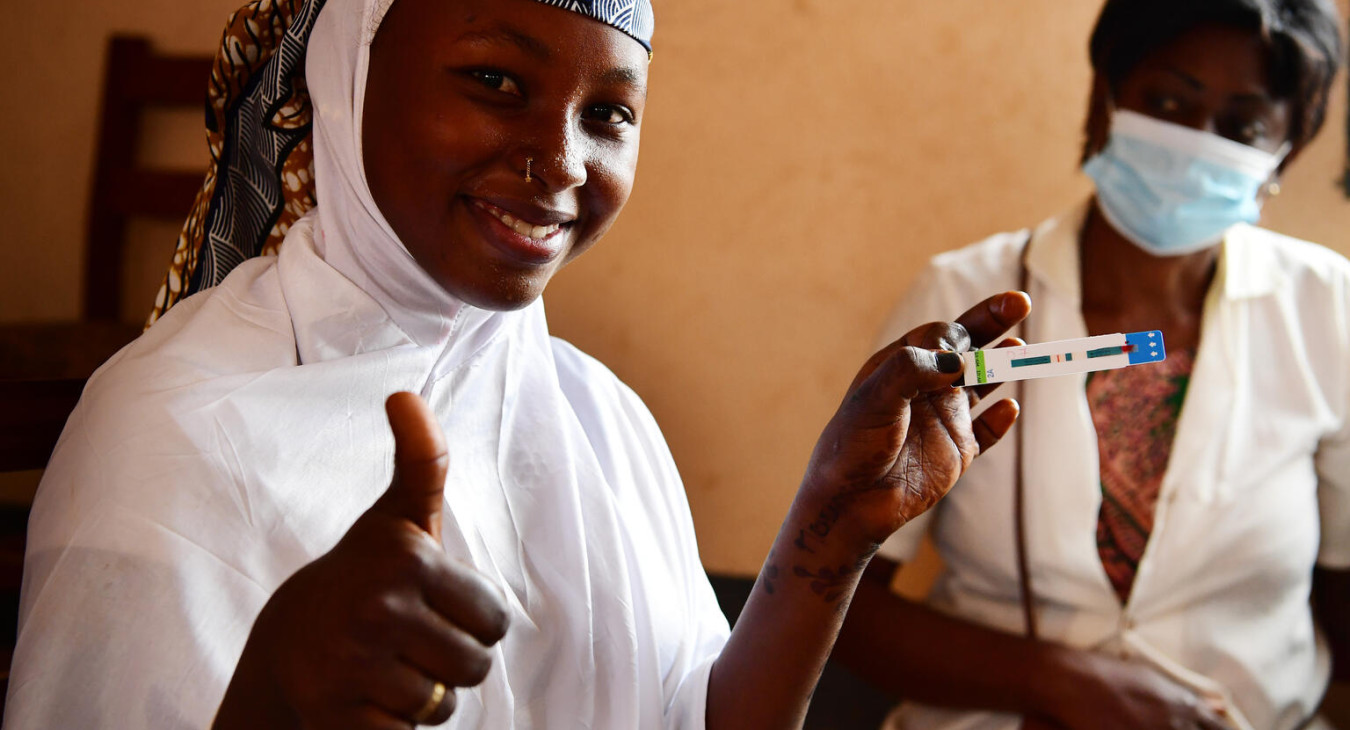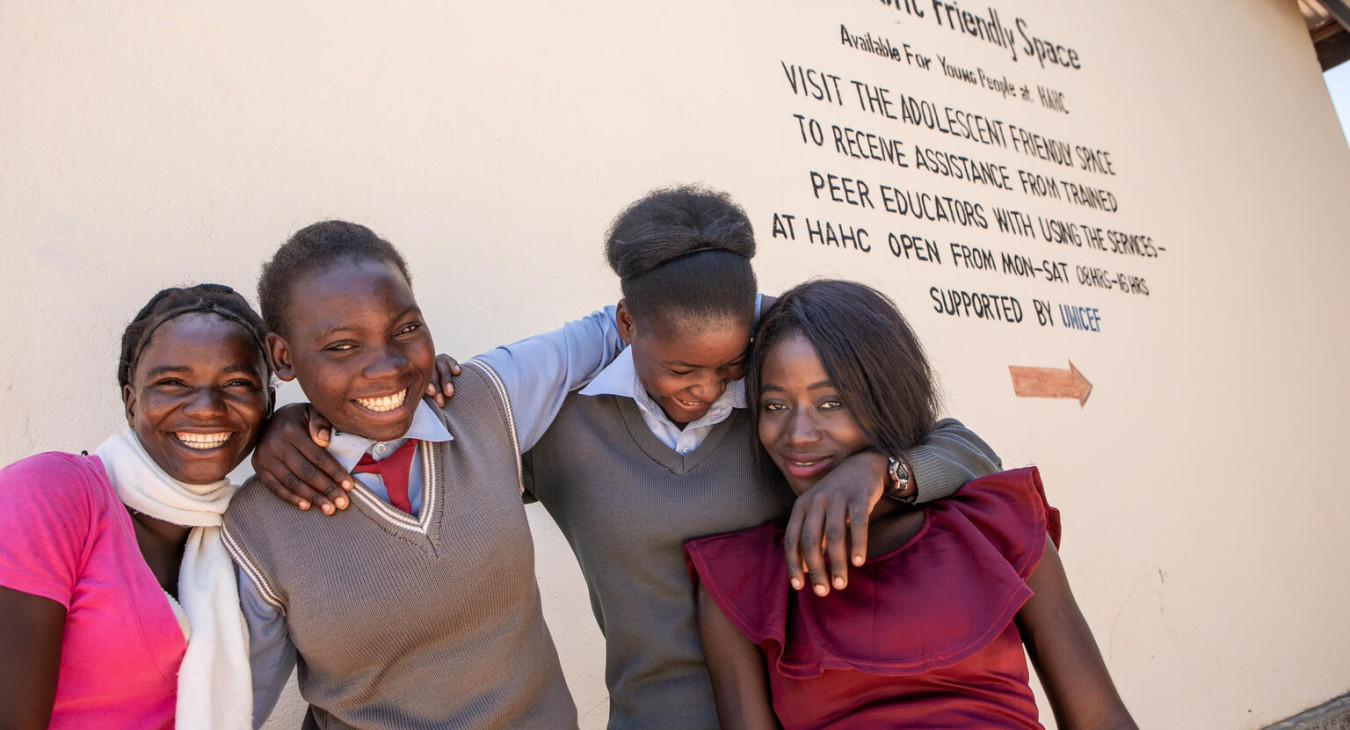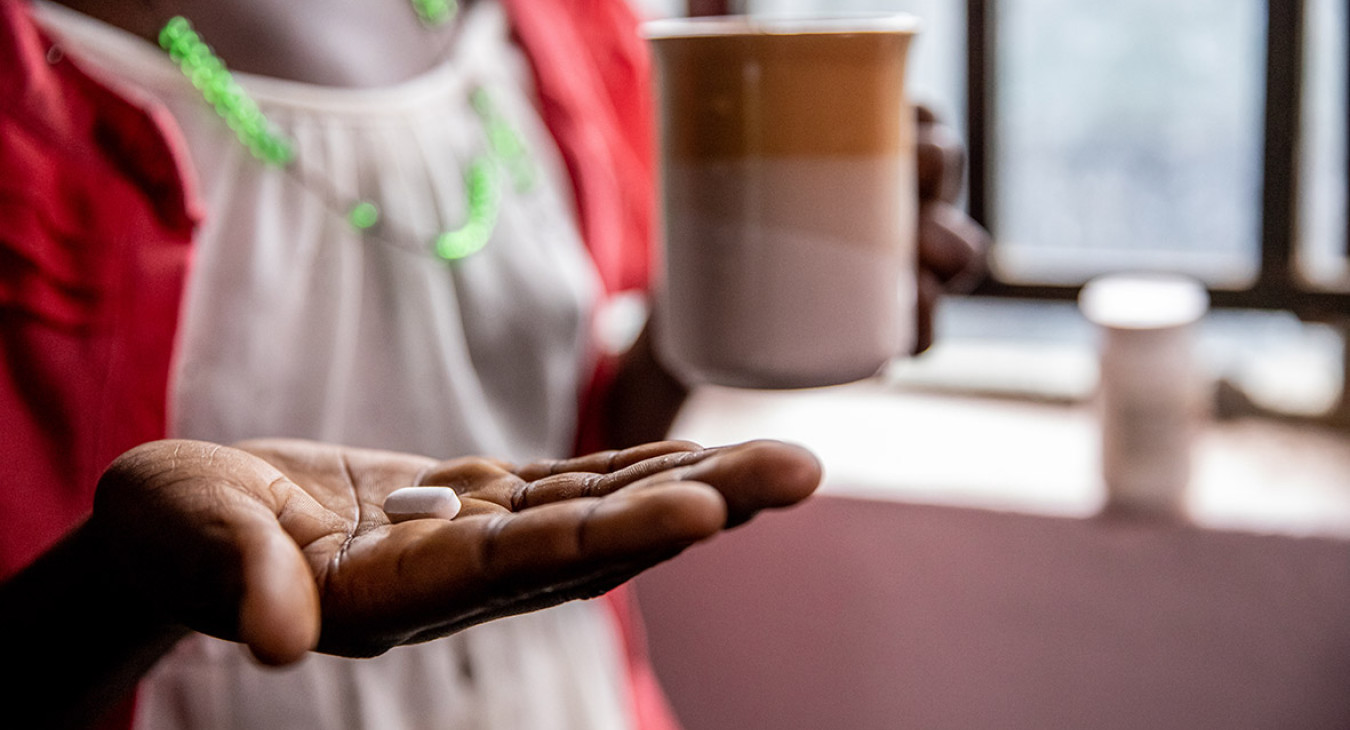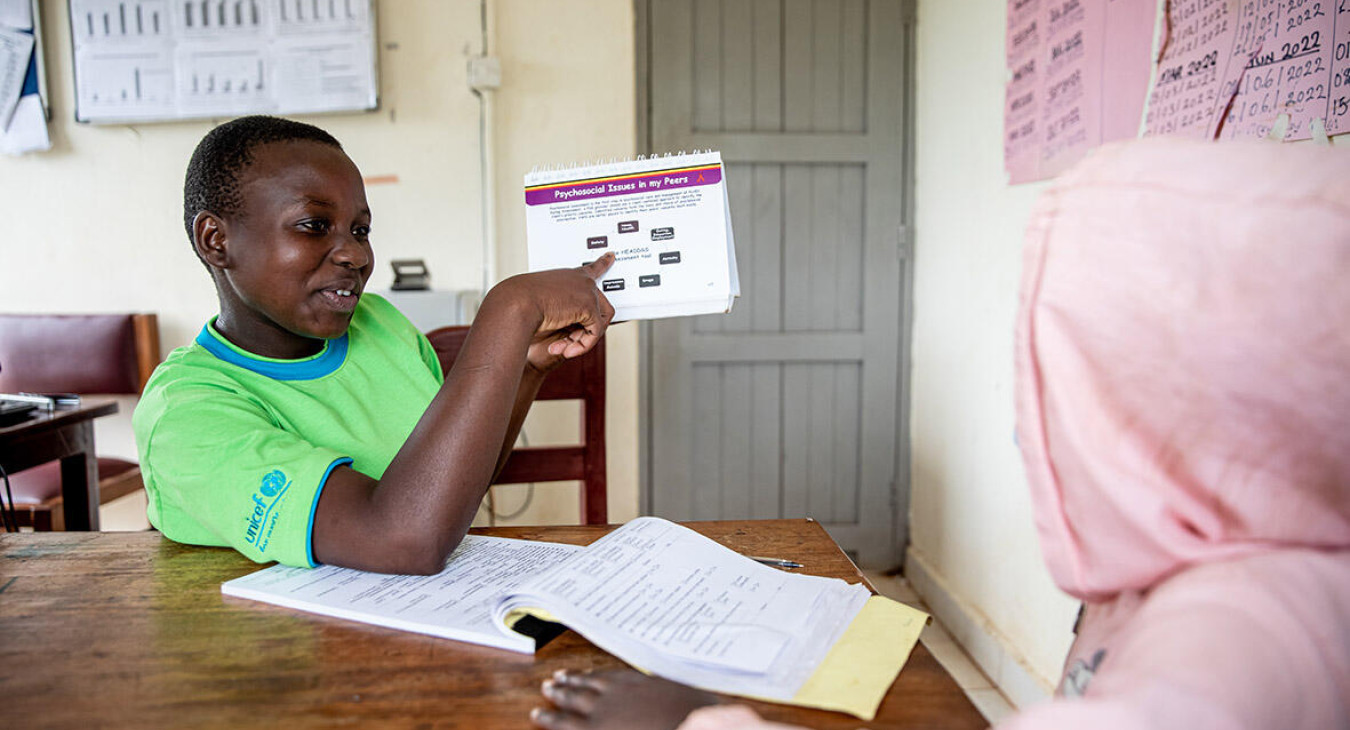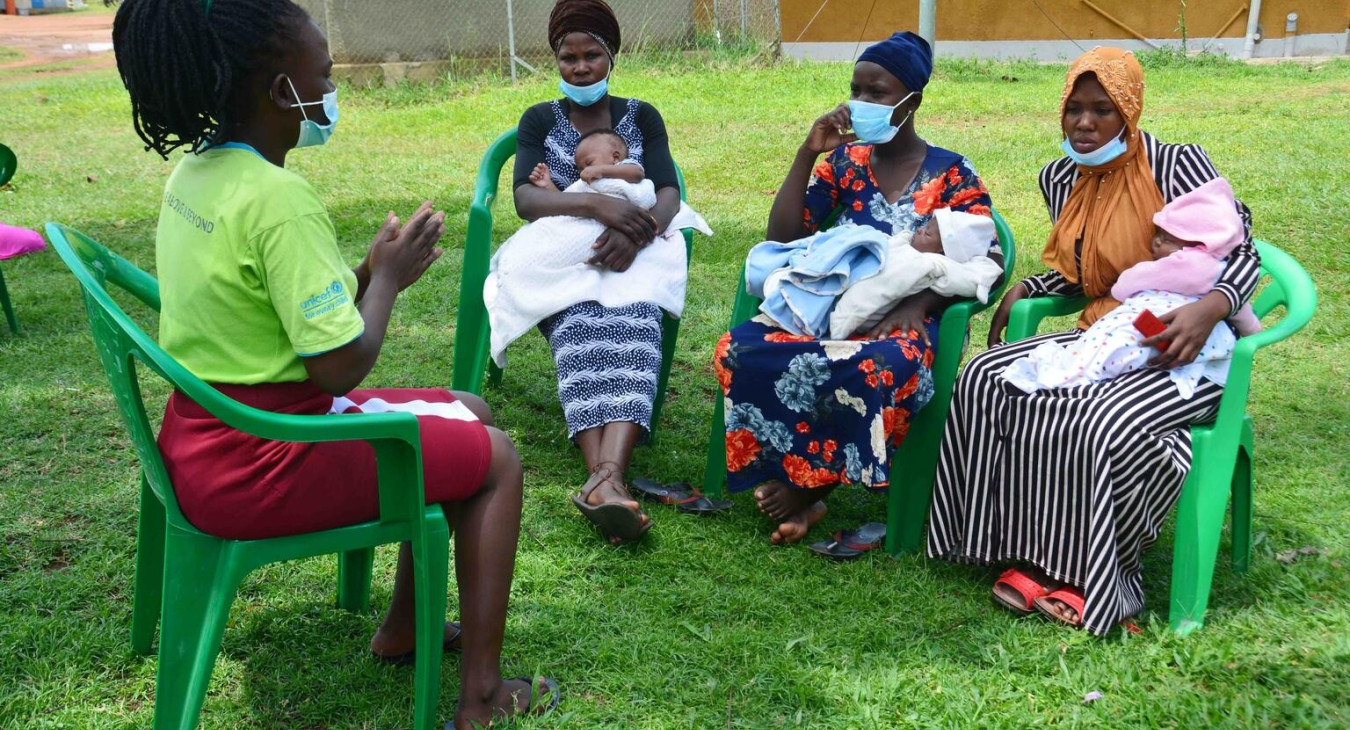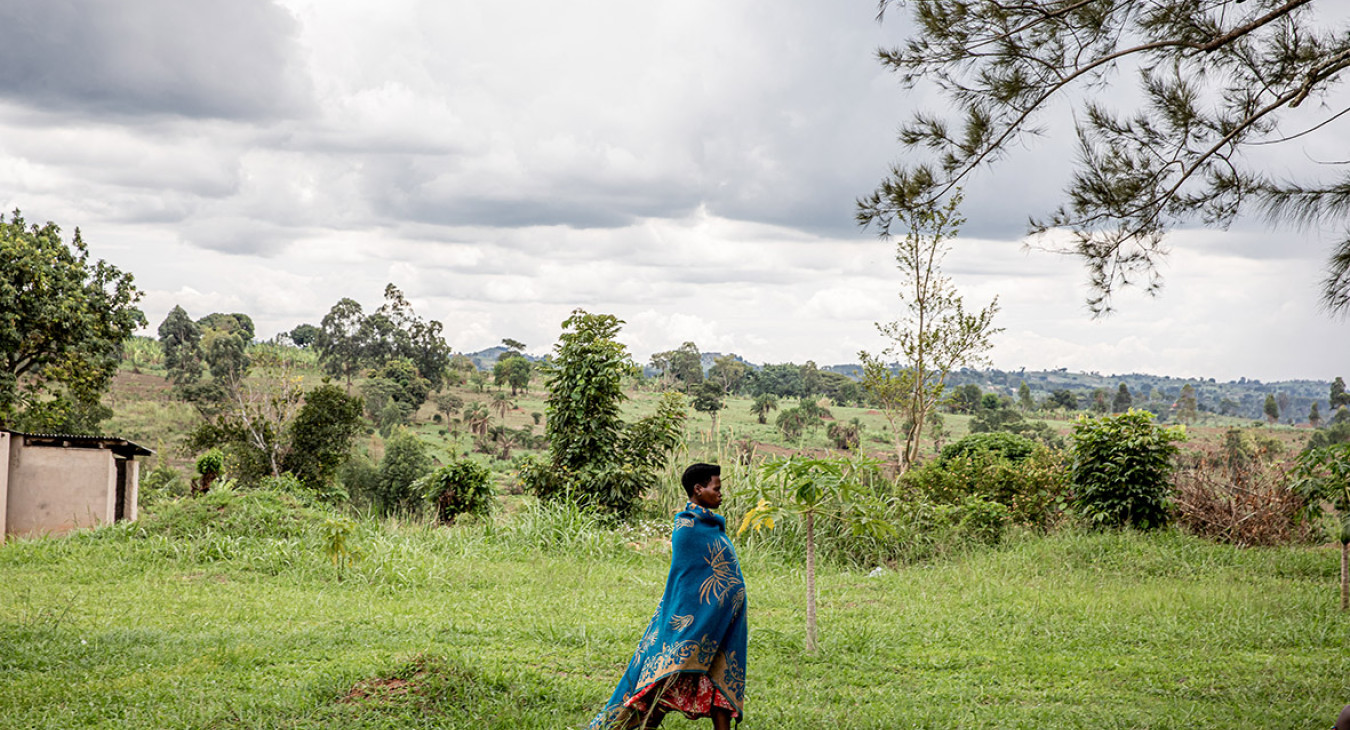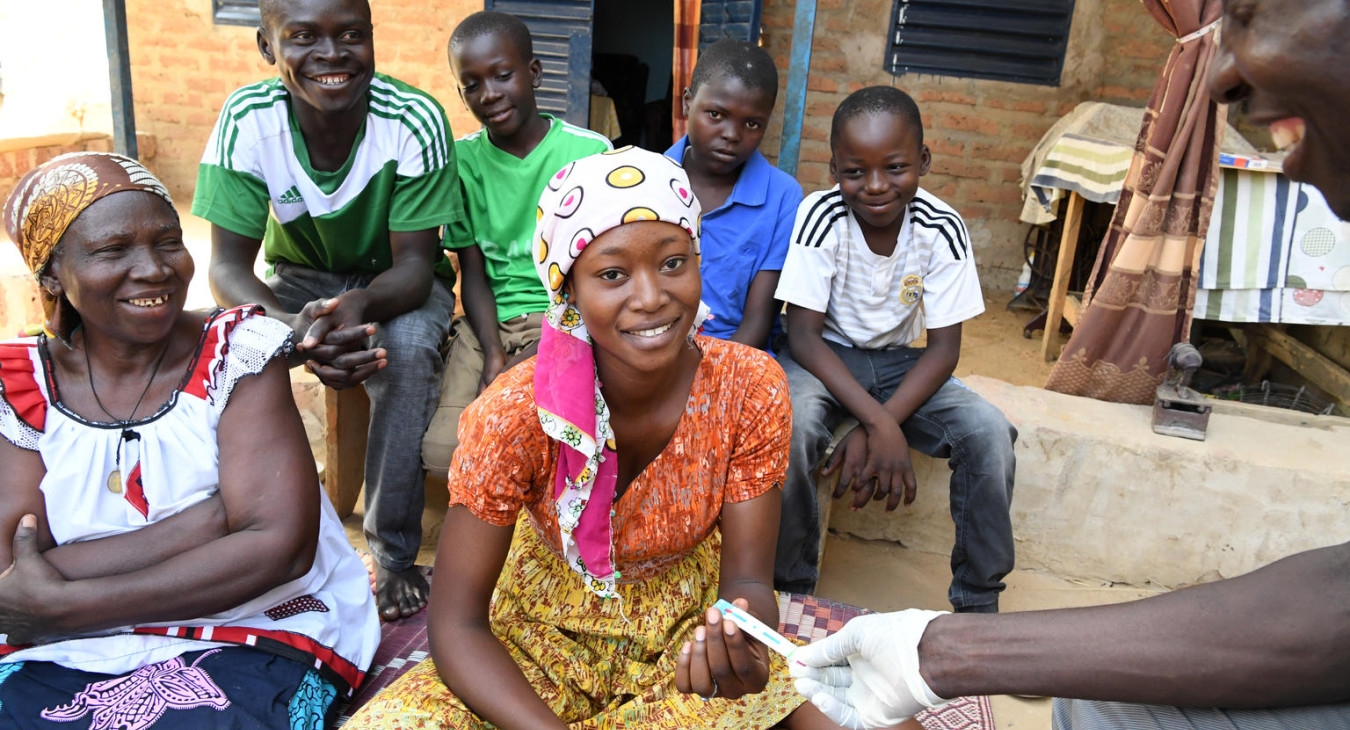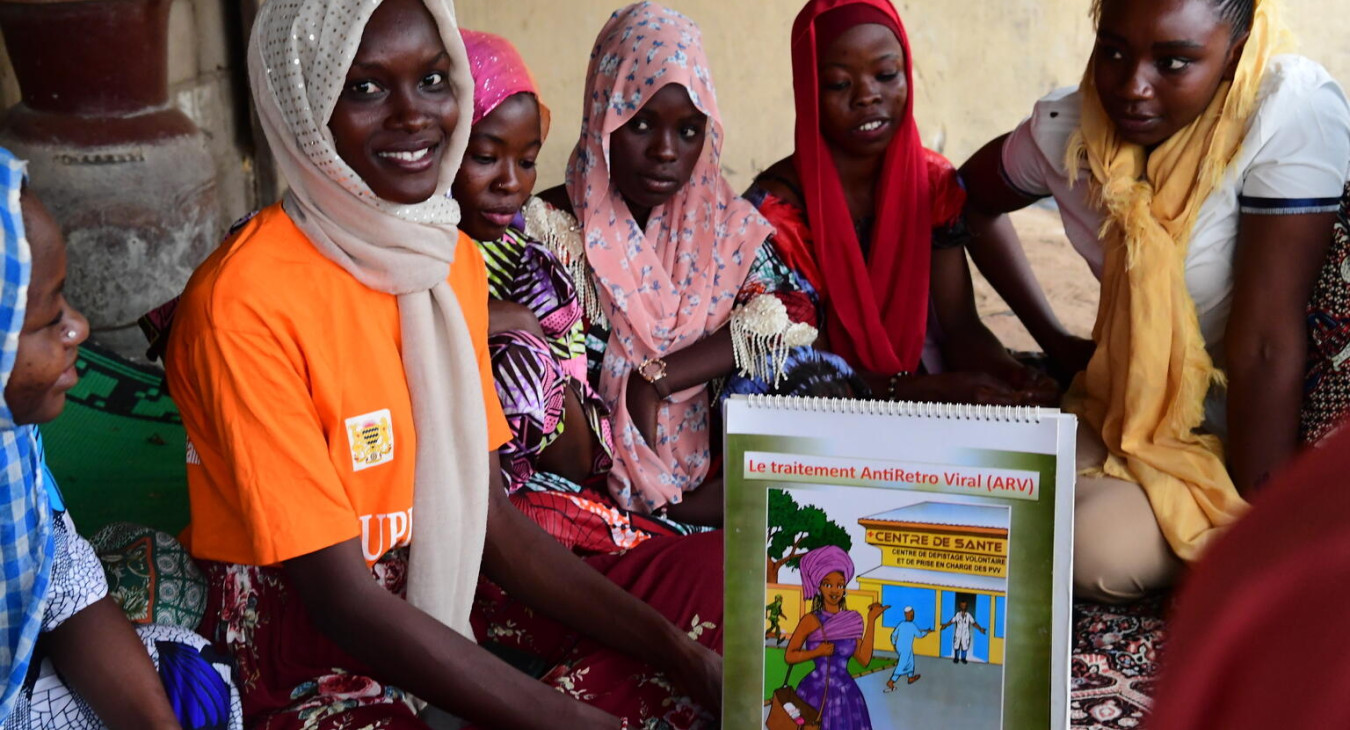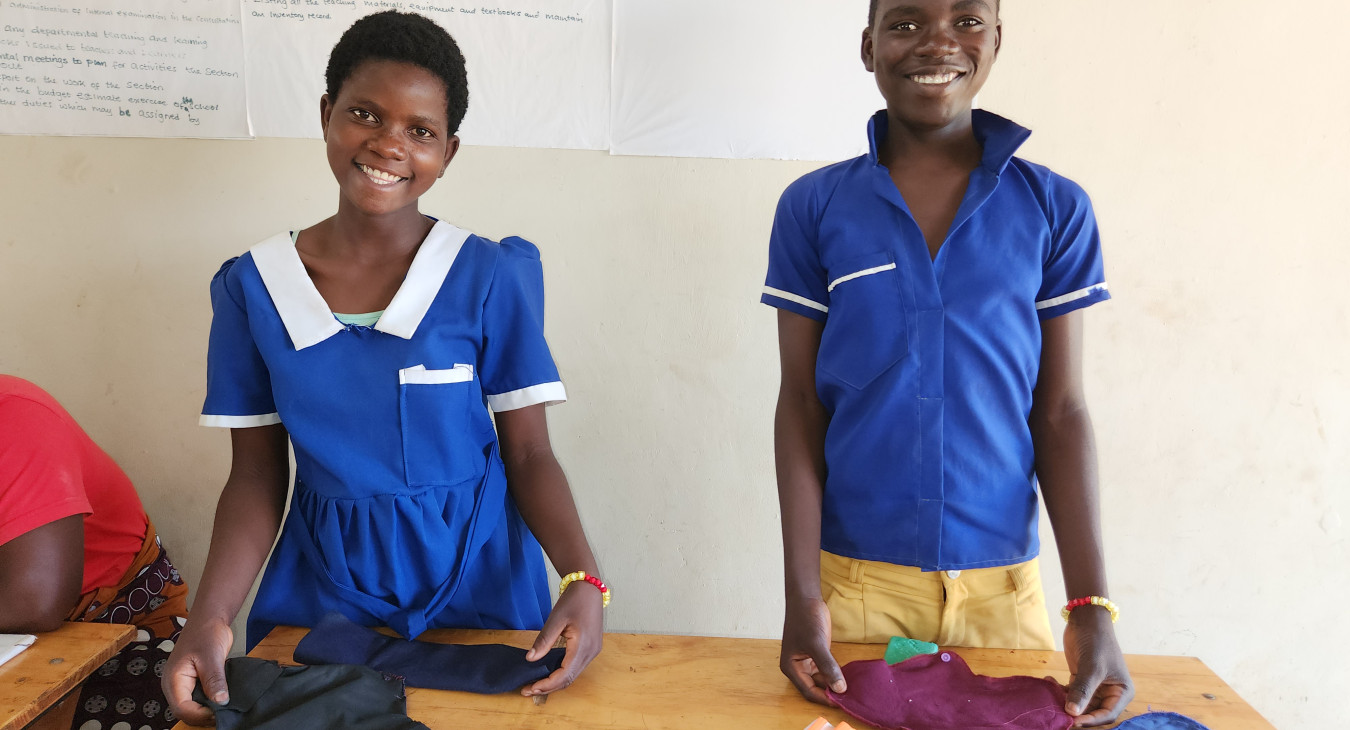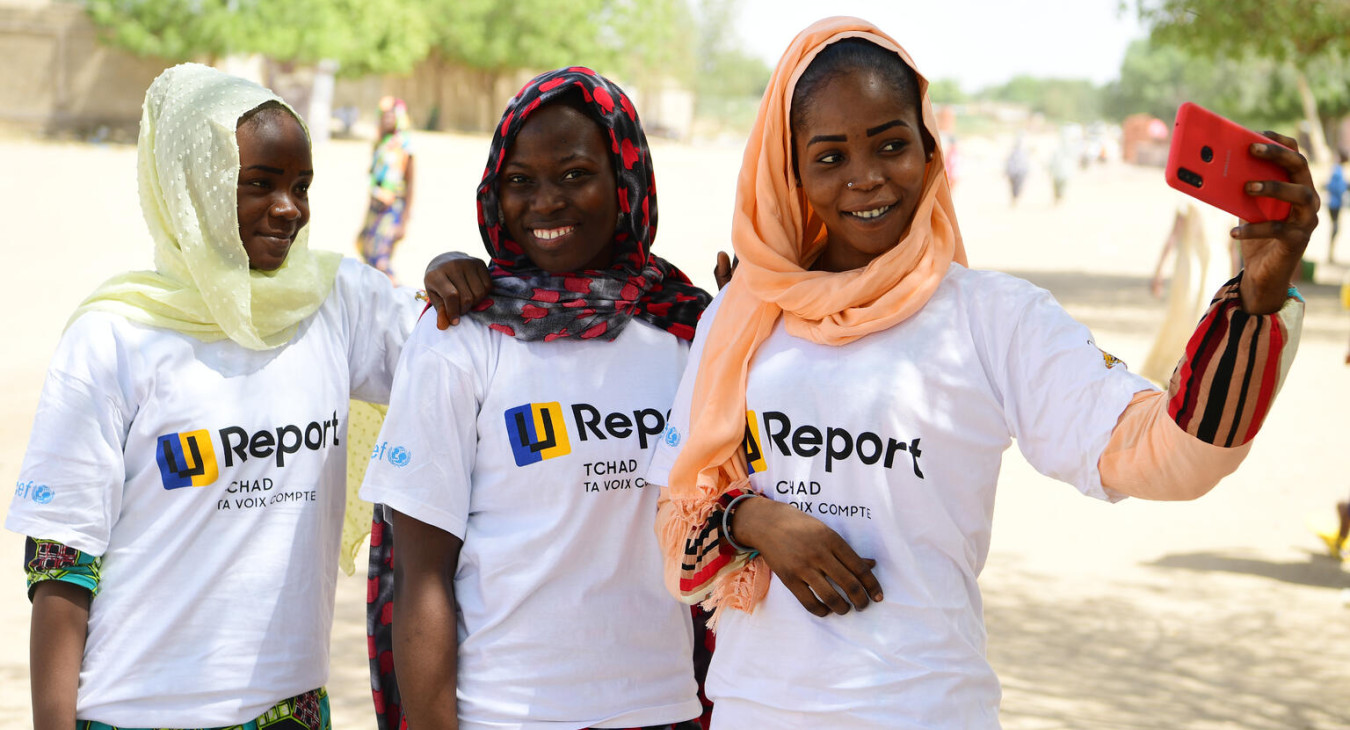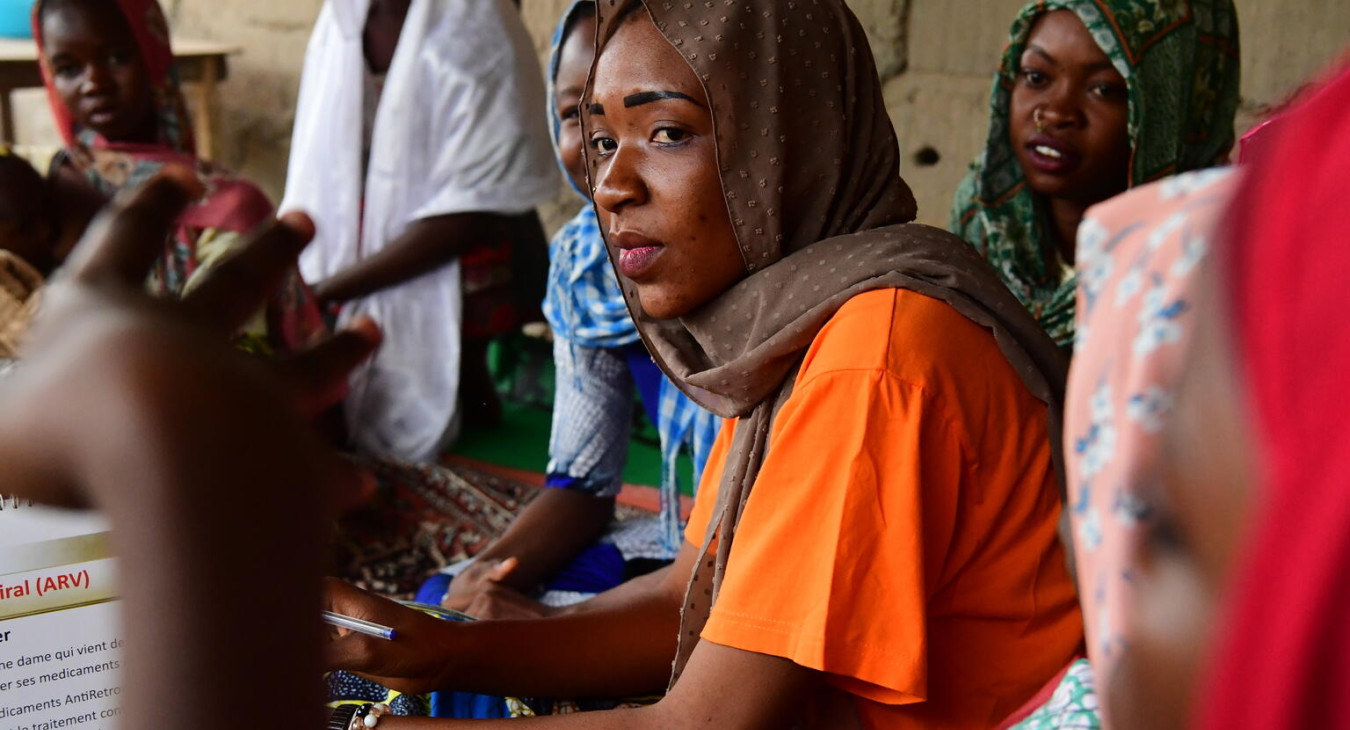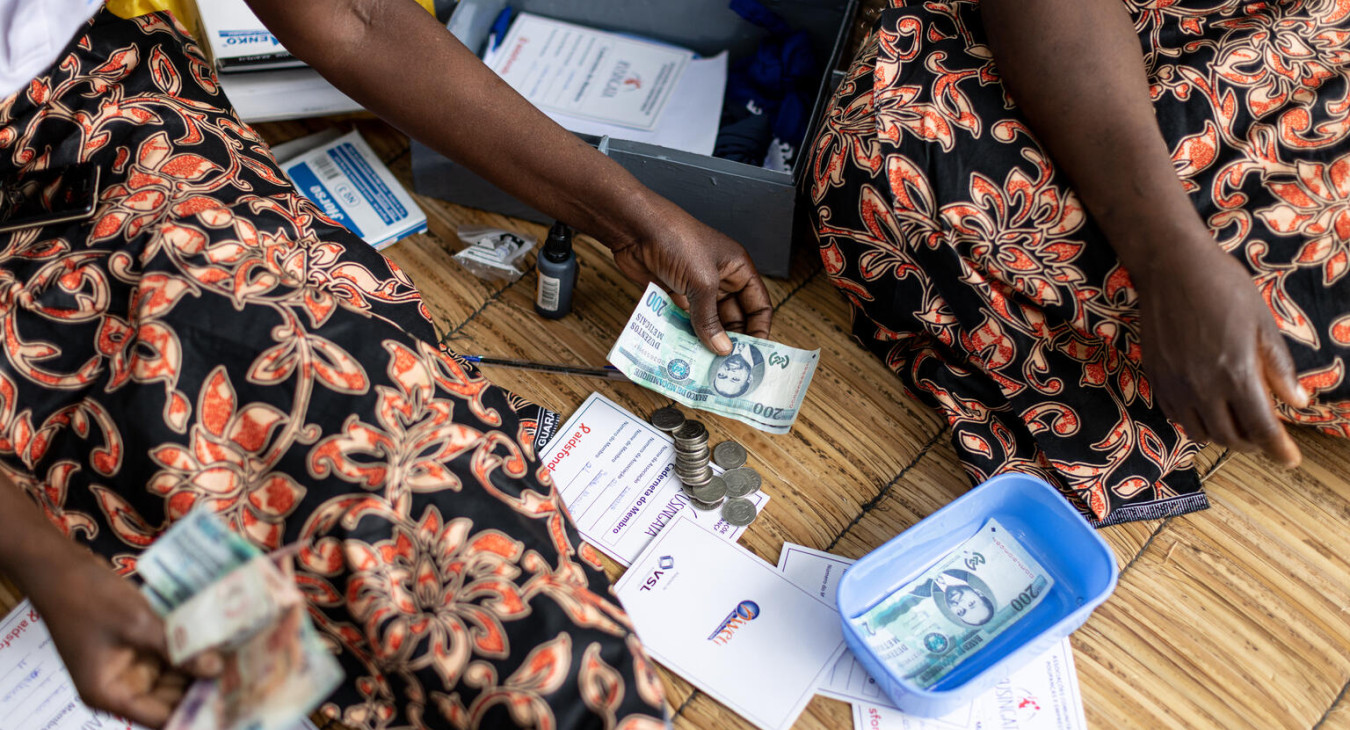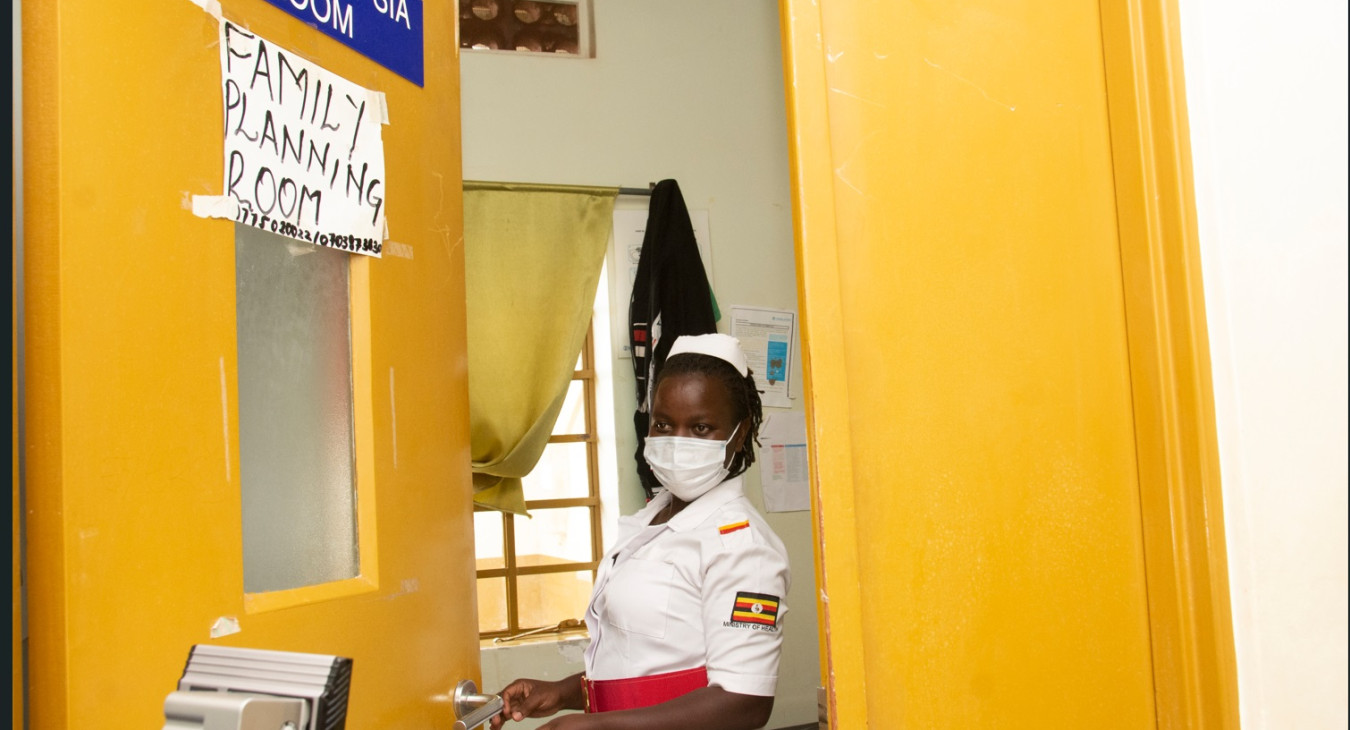Welcome to the Adolescent Girls and Young Women’s Learning Collaborative
Adolescent girls and young women (AGYW) in Eastern and Southern Africa face unique challenges, including an increased risk of HIV due to social, economic and structural barriers, and behaviours. Despite these obstacles, AGYW possess immense potential and resilience. The growing body of evidence and innovation showcases promising approaches within AGYW programming in the region, highlighting effective strategies to address the multifaceted issues they encounter and empower them to thrive.
The collaboration site serves as a centralized hub where stakeholders engaged in AGYW initiatives can access a wealth of implementation resources to enhance the quality and effectiveness of comprehensive HIV and sexual and reproductive health and rights (SRHR) programming. It empowers practitioners, policymakers, and advocates by offering convenient access to a diverse array of partner materials dedicated to supporting the AGYW response.
Our Learning Collaborative site draws upon multisectoral evidence and tools from the Eastern and Southern African region, leveraging insights and experiences to address the significant burden of the HIV and SRHR epidemic in this area. Additionally, the site incorporates lessons learned and south-to-south knowledge products.
We invite you to explore the collaboration site and leverage these valuable resources to enhance your efforts in promoting the health, rights, and opportunities of AGYW worldwide. You can do so by accessing the document library or clicking on each thematic area below.

